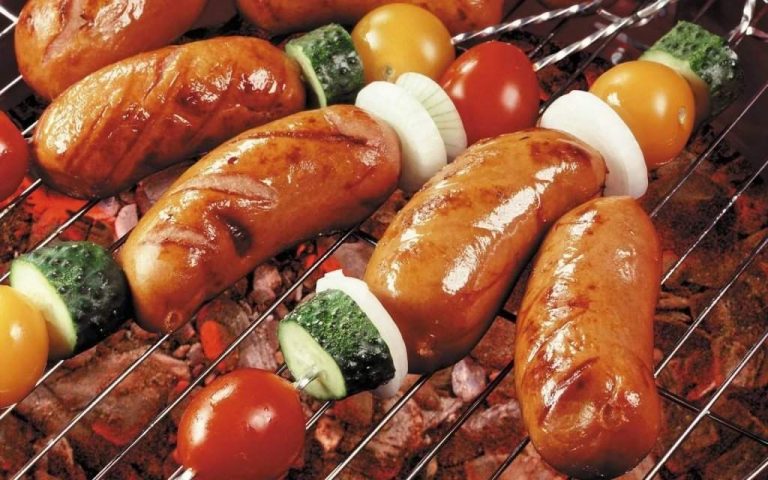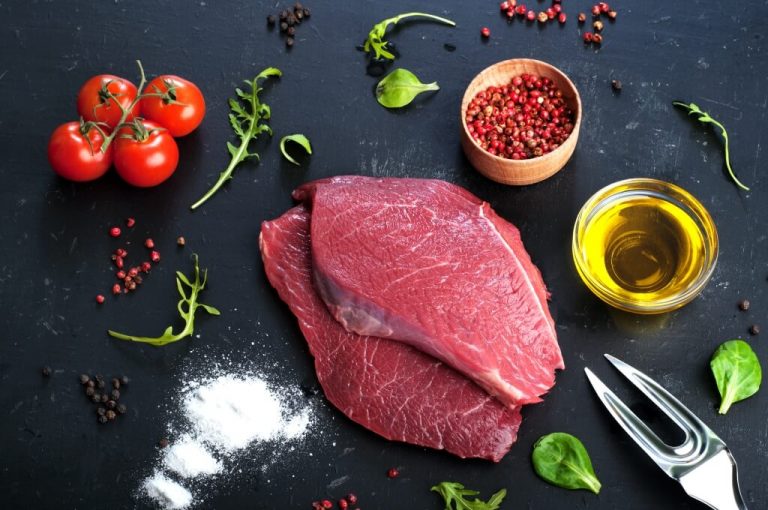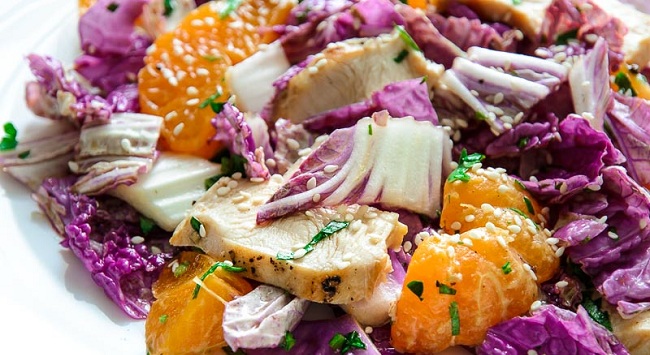Conventional meat production causes environmental damage for which the general public pays. That’s what Greenpeace says in a new study – and calculates how expensive meat should actually be.
Factory farming produces a lot of liquid manure that ends up on fields as fertilizer. The problem: There is too much manure and the soil is over-fertilized, which is why our groundwater is polluted with nitrate. In order for the water to be drinkable, it must be cleaned. The water suppliers take care of that, they bear the costs for the water purification.
This is just one example of how the meat industry causes damage that it ultimately does not pay for itself – this is referred to as “external costs”. According to a new Greenpeace study, the consumption of beef and pork in Germany causes 5.91 billion euros in such costs each year, which the general public has to pay for. Most of the costs are caused by pork (73 percent).
Environmental and climate damage caused by meat production

The 5.91 billion euros annually are made up of various types of damage, such as:
Greenhouse gas emissions driving the climate crisis
Destruction of rainforest for animal feed
Water bodies polluted by fertilizers and pesticides
deterioration of soil quality
If the meat producers had to bear the “true costs” themselves, meat would be significantly more expensive. According to Greenpeace, pork should cost twice as much: an average of 3.04 euros per kilogram instead of 1.52 euros. Beef would be about half the price: 5.33 euros per kilo instead of the previous 3.50 euros. The external costs of meat imported from South America are even higher.
Greenpeace: The costs should be borne by those who cause them

In the study, the authors also compared conventional meat production with organic. The result: The ecological variant causes significantly less damage – and thus also lower external costs. If all companies would only produce meat according to ecological standards, more than two billion euros could be saved. Nevertheless, organic meat would also have to be more expensive so that the general public no longer pays – pork by 23 percent, beef by 50 percent.
“Anyone who consumes at the expense of third parties harms the general public,” says Greenpeace agricultural expert Martin Hofstetter. “Because supermarkets want to lure their customers with cheap meat, others have to pay a high price.” Greenpeace calls for political measures according to the “polluter pays principle”, i.e. those who pay for the damage they cause: meat companies and meat consumers: inside. This is possible, for example, through increased taxes on meat or a CO2 tax.





